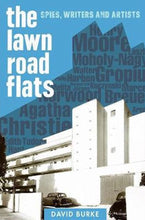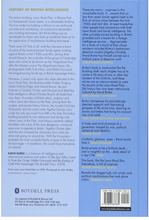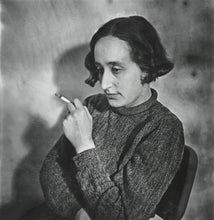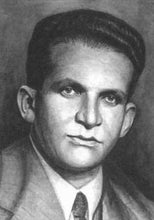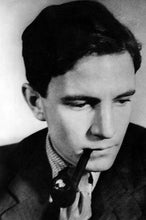
Hardback edition, 309 pages
By David Burke
The Isokon building, also know as Lawn Road Flats, in London was the haunt of some of the most prominent Soviet agents working against Britain in the 1930s and 40s, among them Arnold Deutsch, the controller of the group of Cambridge spies who came to be known as the "Magnificent Five" after the Western movie The Magnificent Seven; the Kuczynski family who helped recruit Klaus Fuchs to disclose the atomic bomb secrets to Stalin, and the photographer Edith Tudor-Hart. However, it wasn't only spies who were attracted to the Lawn Road Flats. The crime writer Agatha Christie lived for six years in the Flats, and a number of other artists, architects and writers were also drawn there as residents or visitors, among them the Bauhaus exiles Walter Gropius, László Moholy-Nagy and Marcel Breuer; the sculptors and painters Henry Moore and Barbara Hepworth as visitors; the novelist Nicholas Monsarrat; the writer and founder of The Good Food Guide Raymond Postgate; and the poet (and Bletchley Park intelligence officer) Charles Brasch. The Isokon building boasted its own restaurant and dining club, where many of the Flats' most famous residents rubbed shoulders with some of the most dangerous communist spies ever to operate in Britain. Agatha Christie often said that she invented her characters from what she observed going on around her. With the Kuczynskis - probably the most successful family of spies in the history of espionage - in residence, she would have had plenty of material. This book tells the story of a remarkable Modernist building and its even more extraordinary cast of characters.
David Burke is a historian of intelligence and international relations and author of The Spy Who Came In From the Co-op: Melita Norwood and the Ending of Cold War Espionage and Russia and the British Left: From the 1848 Revolutions to the General Strike.





